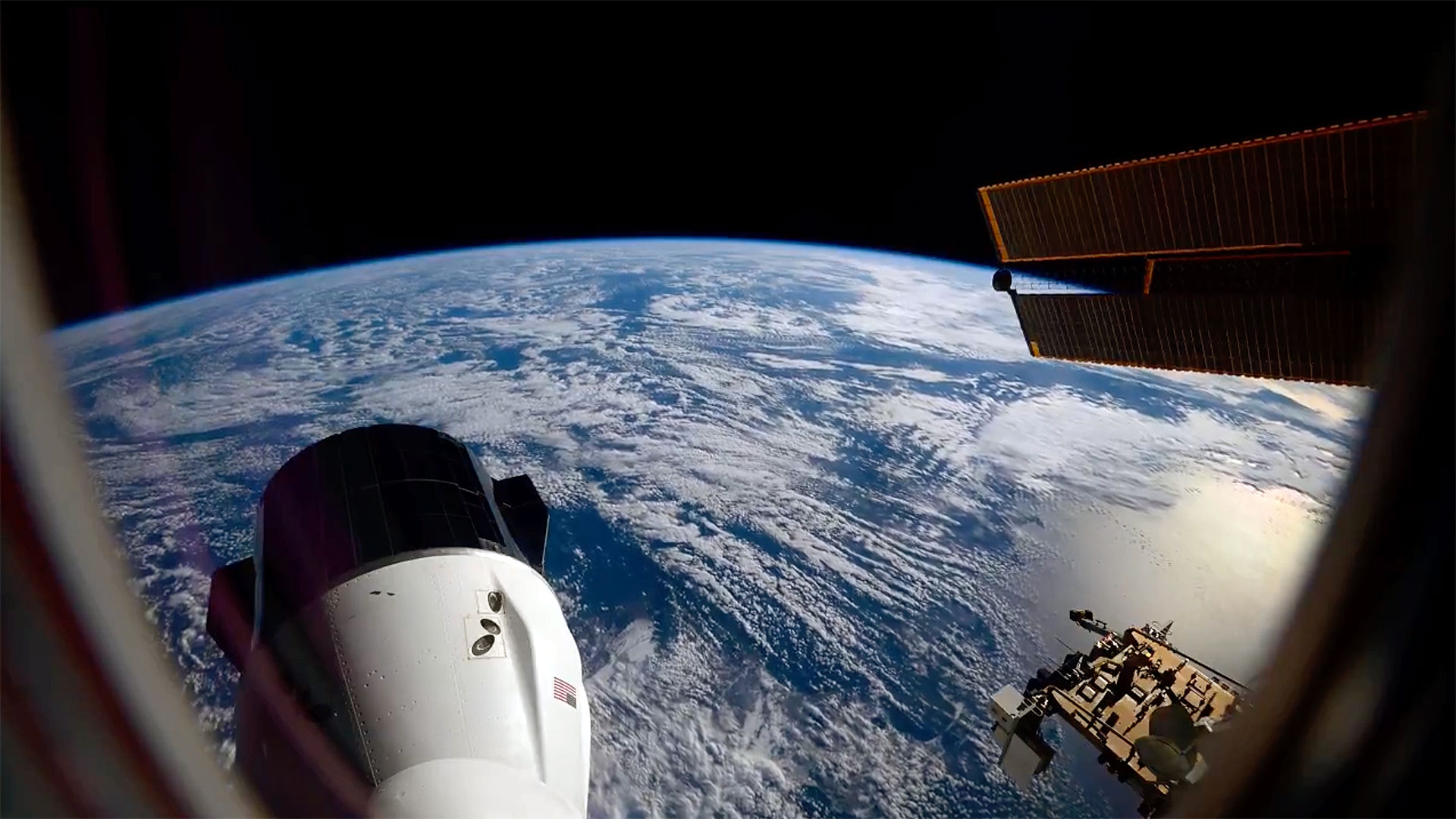Editor'sNote: We asked several scientists from various fields whatthey thought were the greatest mysteries today, and then we added a few thatwere on our minds, too. This article is one of 15 in LiveScience's"Greatest Mysteries" series running each weekday.
How did theuniverse come to be?
It is perhapsthe greatest Great Mystery, and the root of all the others. The rest ofhumanity's grand questions?How did life begin? What is consciousness?What is dark matter, dark energy, gravity??stem from it.
"Allother mysteries lie downstream of this question," said Ann Druyan, the authorand widow of astronomer Carl Sagan. "It matters to me because I am humanand do not like not knowing."
Even as thetheories attempting to solve this mystery grow increasingly complex, scientistsare haunted by the possibility that some of the most critical links in theirchain of reasoning is wrong.
Fundamentalmysteries
Accordingto the standard BigBang model, the universe was born during a period of inflation that beganabout 13.7 billion years ago. Like a rapidly expanding balloon, it swelled froma size smaller than an electron to nearly its current size within a tinyfraction of a second.
Breaking space news, the latest updates on rocket launches, skywatching events and more!
Initially,the universe was permeated only by energy. Some of this energy congealed into particles,which assembled into light atoms like hydrogen and helium. These atoms clumpedfirst into galaxies, then stars, inside whose fiery furnaces all the otherelements were forged.
This is thegenerally agreed-upon picture of our universe's origins as depicted byscientists. It is a powerful model that explains many of the things scientistssee when they look up in the sky, such as the remarkable smoothness ofspace-time on large scales and the even distribution of galaxies on oppositesides of the universe.
But thereare things about it that make some scientists uneasy. For starters, the ideathat the universe underwent a period of rapid inflationearly in its history cannot be directly tested, and it relies on the existenceof a mysterious form of energy in the universe's beginning that has long disappeared.
"Inflationis an extremely powerful theory, and yet we still have no idea what causedinflation?or whether it is even the correct theory, although it works extremelywell," said Eric Agol, an astrophysicist at the University of Washington.
For somescientists, inflation is a clunky addition to the Big Bang model, a necessarycomplexity appended to make it fit with observations. Nor was it the last suchaddition.
"We'vealso learned there has to be dark matter in the universe, and now darkenergy," said Paul Steinhardt, a theoretical physicist at Princeton University. "So the way the model works today is you say, 'OK, you take someBig Bang, you take some inflation, you tune that to have the followingproperties, then you add a certain amount of dark matter and dark energy.'These things aren't connected in a coherent theory."
"What'sdisturbing is when you have a theory and you make a new observation, you haveto add new components," Steinhardt added. "And they're not connected? There's no reason to add them, and no particular reason to add them in thatparticular amount, except the observations. The question is how much you'reexplaining and how much you're engineering a model. And we don?t' knowyet."
Anageless universe
In recentyears, Steinhardt has been working with colleague Neil Turok at Cambridge University on a radical alternative to the standard Big Bang model. ?
Accordingto their idea, called the ekpyroticuniverse theory, the universe was born not just once, but multiple times inendless cycles of fiery death and rebirth. Enormous sheet-like"branes," representing different parts of our universe, collide aboutonce every trillion years, triggering Big Bang-like explosions that re-injectmatter and energy into the universe.
The pairclaims that their ekpyrotic, or "cyclic," theory would explain notonly inflation, but other cosmic mysteries as well, including dark matter, darkenergy and why the universe appears to be expanding at an ever-acceleratingclip.
Whilecontroversial, the ekpyrotic theory raises the possibility that the universe isageless and self-renewing. It is a prospect perhaps even more awe-inspiringthan a universe with a definite beginning and end, for it would mean that thestars in the sky, even the oldest ones, are like short-lived fireflies in thegrand scheme of things.
"Doesthe universe resemble any of the physical models we make of it? I'd like tohope that the effort society pours into scientific research is getting uscloser to fundamental truths, and not just a way to make useful tools,"said Caltech astronomer Richard Massey. "But I'm equally terrified offinding out that everything I know is wrong, and secretly hope that Idon't."
- Another Great Mystery: What Causes Gravity?
- Top 10 Strangest Things in Space
- Top 10 Star Mysteries
Ker Than is a science writer and children's book author who joined Space.com as a Staff Writer from 2005 to 2007. Ker covered astronomy and human spaceflight while at Space.com, including space shuttle launches, and has authored three science books for kids about earthquakes, stars and black holes. Ker's work has also appeared in National Geographic, Nature News, New Scientist and Sky & Telescope, among others. He earned a bachelor's degree in biology from UC Irvine and a master's degree in science journalism from New York University. Ker is currently the Director of Science Communications at Stanford University.
